Planning a trip to Vietnam from Australia in ? Whether you’re heading for vacation, business, or a family visit, you’ll need a valid visa to enter. But don’t worry—this comprehensive …
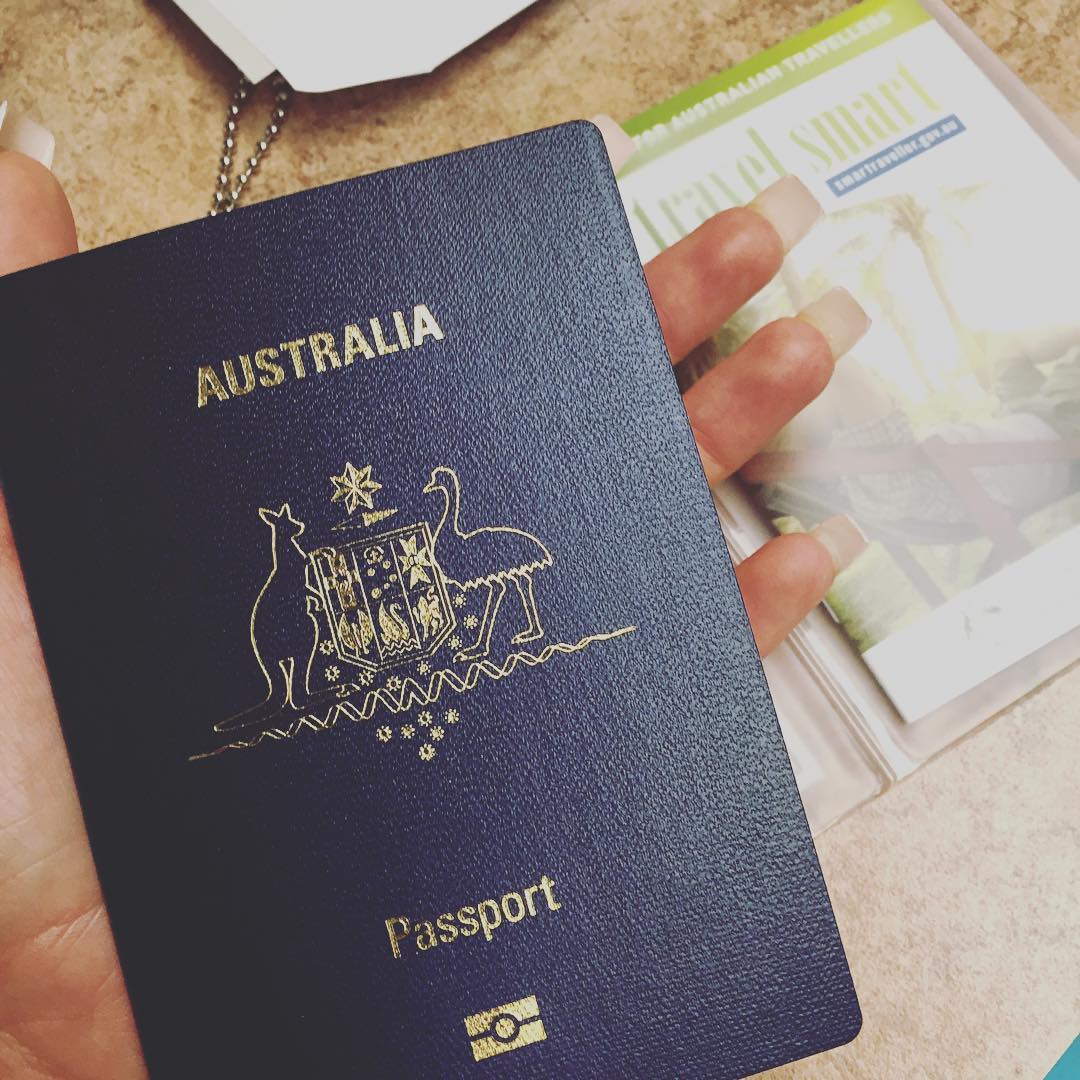
Australia to Vietnam – it’s a journey that promises exotic street food, enchanting landscapes, ancient temples, and unforgettable hospitality. But before you can sip Vietnamese coffee in a Hanoi café or explore lantern-lit Hoi An, there’s one box you need to tick: getting a valid visa. In , the process of securing a Vietnam travel visa is more accessible than ever, yet still riddled with nuances that can cause unnecessary confusion. Whether you’re a first-time visitor or a seasoned explorer, this updated guide provides clear, trustworthy insight into how Australians can get a Vietnam travel visa—fast, efficiently, and without stress.
For Australians planning a leisure or short-term visit to Vietnam, obtaining a travel visa is a mandatory step. Vietnam currently does not grant visa-free entry to Australian citizens, so all travelers must secure a valid visa before their arrival or at the border, depending on the method chosen. The purpose of the travel visa is to authorize entry for individuals who intend to visit Vietnam for personal, non-work-related reasons such as sightseeing, visiting friends or family, or taking part in cultural tours.
While the idea of applying for a visa may sound complex, the truth is the process is quite straightforward—once you know the rules. Problems often arise when travelers use outdated sources or assume that policies haven’t changed. The year brings with it several improvements in Vietnam’s immigration system, particularly in digital access and processing speeds. Still, it’s vital to choose the correct visa type, and in this case, a travel visa is the appropriate and legally compliant option for Australian tourists.
Failing to apply for the right visa or making errors during the application process can lead to delays or even denial at immigration checkpoints. That’s why knowing exactly what a Vietnam travel visa entails—and how to secure one properly—can mean the difference between a smooth arrival and a frustrating experience.
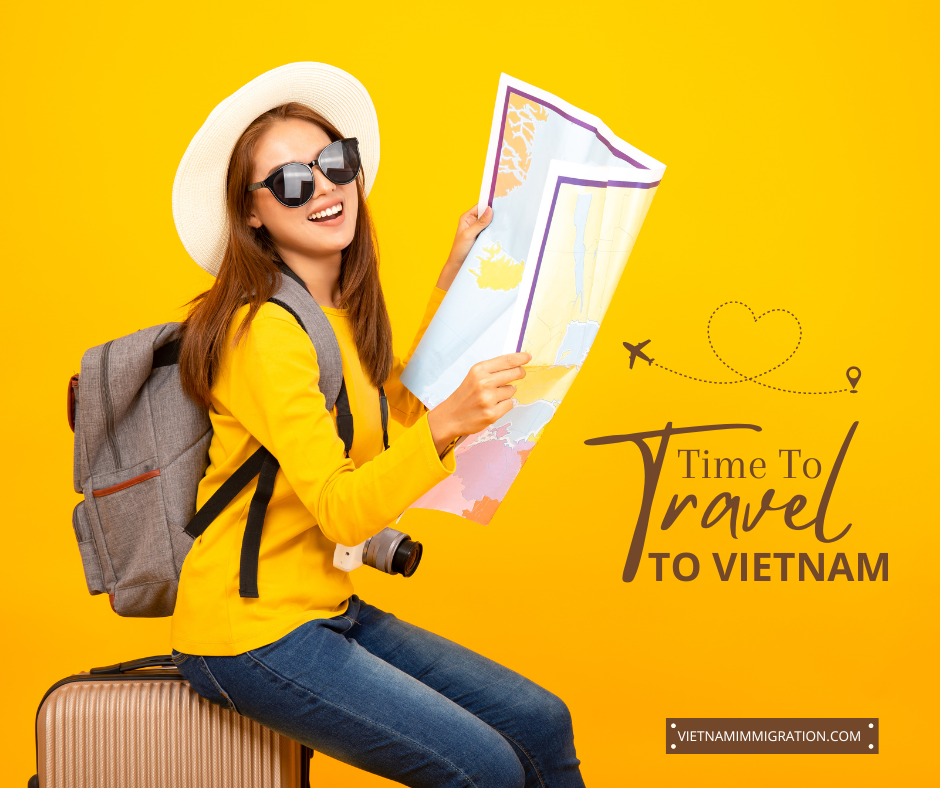
There are multiple paths an Australian traveler can take when applying for a Vietnam travel visa, and each offers a different balance of convenience, speed, and cost. Understanding which one best suits your travel style is crucial before booking flights or accommodations.
The most popular choice for modern travelers is the electronic travel visa, or e-visa. This option is completed entirely online, making it ideal for those who prefer to manage documents digitally and avoid embassy visits. It is available for both single and multiple entries and is valid for up to 90 days. One of its key benefits is that it can be used at numerous entry points, including major airports, land crossings, and seaports.
Another common method is the visa on arrival, which remains a valid choice for Australians flying directly to Vietnam. To use this method, travelers must apply online in advance to receive an official approval letter. Once at the airport in Vietnam, this letter, along with other documents, is presented to immigration officials in exchange for a visa sticker placed in the passport. This method is particularly helpful for travelers who decide to visit Vietnam on short notice or for those who have difficulty accessing digital visa systems.
A third option still in use is the embassy-issued travel visa, which involves applying through the Vietnamese Embassy or Consulate in Australia. Though more time-consuming and document-intensive, this route is considered reliable by travelers who feel more comfortable handling official paperwork through in-person channels. It’s also ideal for those entering Vietnam via less common ports not yet compatible with the e-visa system.
Before beginning the application process, Australians should take note of several key requirements that remain unchanged for . Ensuring compliance with these prerequisites will greatly improve the chances of a successful visa outcome. Firstly, your passport must be valid for at least six months beyond your intended stay in Vietnam. This is a standard requirement that applies to all visa types and is strictly enforced at immigration.
You will also need to provide recent passport-style photographs, which should meet official specifications in terms of size and background color. If applying online for an e-visa, scanned copies of both the photo and your passport’s bio page are necessary. This step is critical, as poor-quality uploads can result in processing delays or rejection.
In addition to your identification documents, it’s important to have a basic itinerary in mind. This may include your intended entry and exit points, hotel bookings, and potentially your return flight details. While these aren’t always mandatory for the application itself, immigration officers may request them upon arrival.
One often overlooked point is ensuring your background is clear of any issues that might raise red flags with immigration authorities. A criminal record or a history of visa violations in other countries could lead to additional scrutiny or refusal. Applying honestly and through trusted services will help you navigate these checks with ease.

The e-visa application process has become the most efficient way for Australians to secure a Vietnam travel visa in recent years, and in , it’s even more streamlined. The first step is visiting a reputable visa processing website such as 👉 https://www.vietnamimmigration.com/apply-vietnam-visa/ where you’ll begin by filling out an online form.
You’ll be asked to enter your full name, nationality, date of birth, passport number, and travel details. Make sure all information is entered exactly as it appears in your passport. You’ll then upload the required documents—your passport’s information page and a recent digital photo. Accuracy here is essential to avoid delays.
After submitting your form, you’ll proceed to the payment stage. The fee will vary depending on the type of visa and the processing speed you choose. For those in a rush, expedited options are available, allowing you to receive your e-visa within as little as 2 to 8 hours.
Once your visa is approved, it will be sent to your email. You must print a copy of the visa and present it when entering Vietnam. Though digital versions may be accepted at some airports, it’s always safer to have a hard copy on hand to prevent any complications at border control.
For Australians arriving by air, applying for a travel visa on arrival remains a viable and flexible option. This process begins with obtaining a visa approval letter through an online request submitted before your departure. This letter is essential and must be issued by an approved Vietnamese travel agent or visa service provider.
Once you receive the letter—usually within three to five business days—you’ll print it out and prepare the additional documents required for the visa stamp. These include two passport photos and a completed entry-exit form. Upon arrival at a designated international airport in Vietnam, you’ll go to the visa-on-arrival counter where you’ll present your paperwork and pay the stamping fee in cash.
The immigration officer will review your documents and, if everything is in order, issue you a visa that is placed directly in your passport. This option is especially useful for travelers who don’t have time to go through the e-visa process or who prefer to handle official matters face-to-face.
It’s important to note that this method is only available for air travel. If you plan to enter Vietnam by land or sea, the visa on arrival option will not be accepted, and you should consider applying for an e-visa or embassy visa instead.
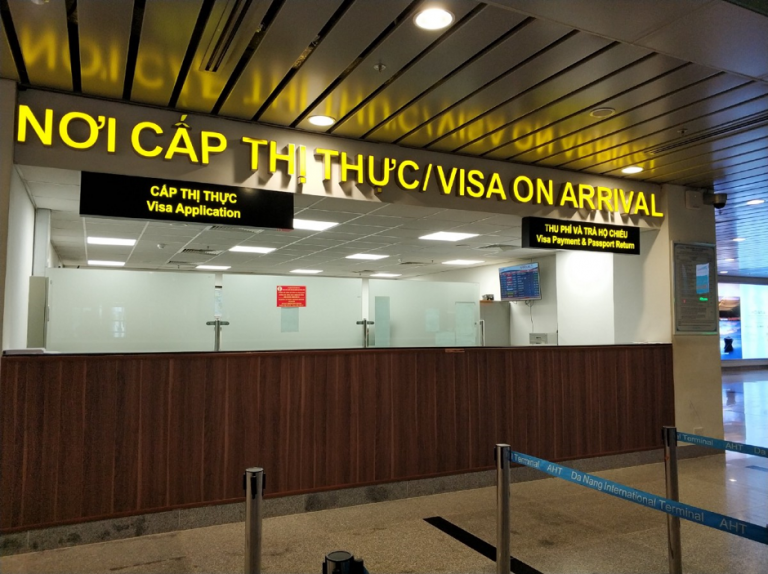
When traveling internationally, preparation is key—and entering Vietnam is no exception. One of the most important things you can do is double-check the information on your travel visa before leaving Australia. Typos or mismatched dates can result in unnecessary issues at immigration.
Keep printed copies of your visa, passport, hotel confirmation, and return flight itinerary in your carry-on luggage. Immigration officers may ask for proof of your travel plans, especially if you’re staying in Vietnam for an extended period. Having everything organized will help you move through checkpoints quickly.
For added convenience, Australians can take advantage of airport Fast Track Services, which offer priority processing and assistance through customs and immigration. These services are especially beneficial during peak travel seasons or at busier airports.
Lastly, always use trusted websites or verified agents when applying for your Vietnam travel visa. Scams and unofficial platforms can jeopardize your entire trip. Using a reliable provider like 👉 https://www.vietnamimmigration.com/apply-vietnam-visa/ gives you access to professional guidance, document review, and real-time support.
When it comes to visa applications, peace of mind is priceless. Our professional Vietnam visa service has helped thousands of Australian travelers get their travel visa approved without delays, stress, or hidden fees.
We guarantee 100% visa approval or your money back, and we offer processing times as fast as 2–8 hours. Our team double-checks all documents before submission to ensure accuracy and compliance with Vietnamese immigration requirements. We also offer round-the-clock support, so you’re never left waiting when questions arise.
With more than 15 years of experience in Vietnam visa services, we’ve built a reputation for speed, reliability, and trustworthiness. Let us handle the logistics while you plan your adventure.
👉 Apply here today: https://www.vietnamimmigration.com/apply-vietnam-visa/
From the colorful chaos of Hanoi’s Old Quarter to the sun-kissed beaches of Da Nang, Vietnam welcomes Australians with open arms. But before you can immerse yourself in its magic, securing your travel visa is a must. Thankfully, as you’ve discovered in this guide, the process is far from complicated when approached correctly. Whether you choose an e-visa, a visa on arrival, or the embassy route, preparation is key. Use verified services, follow each step carefully, and you’ll be exploring Vietnam in no time. Safe travels—and don’t forget your camera!

Planning a trip to Vietnam from Australia in ? Whether you’re heading for vacation, business, or a family visit, you’ll need a valid visa to enter. But don’t worry—this comprehensive …
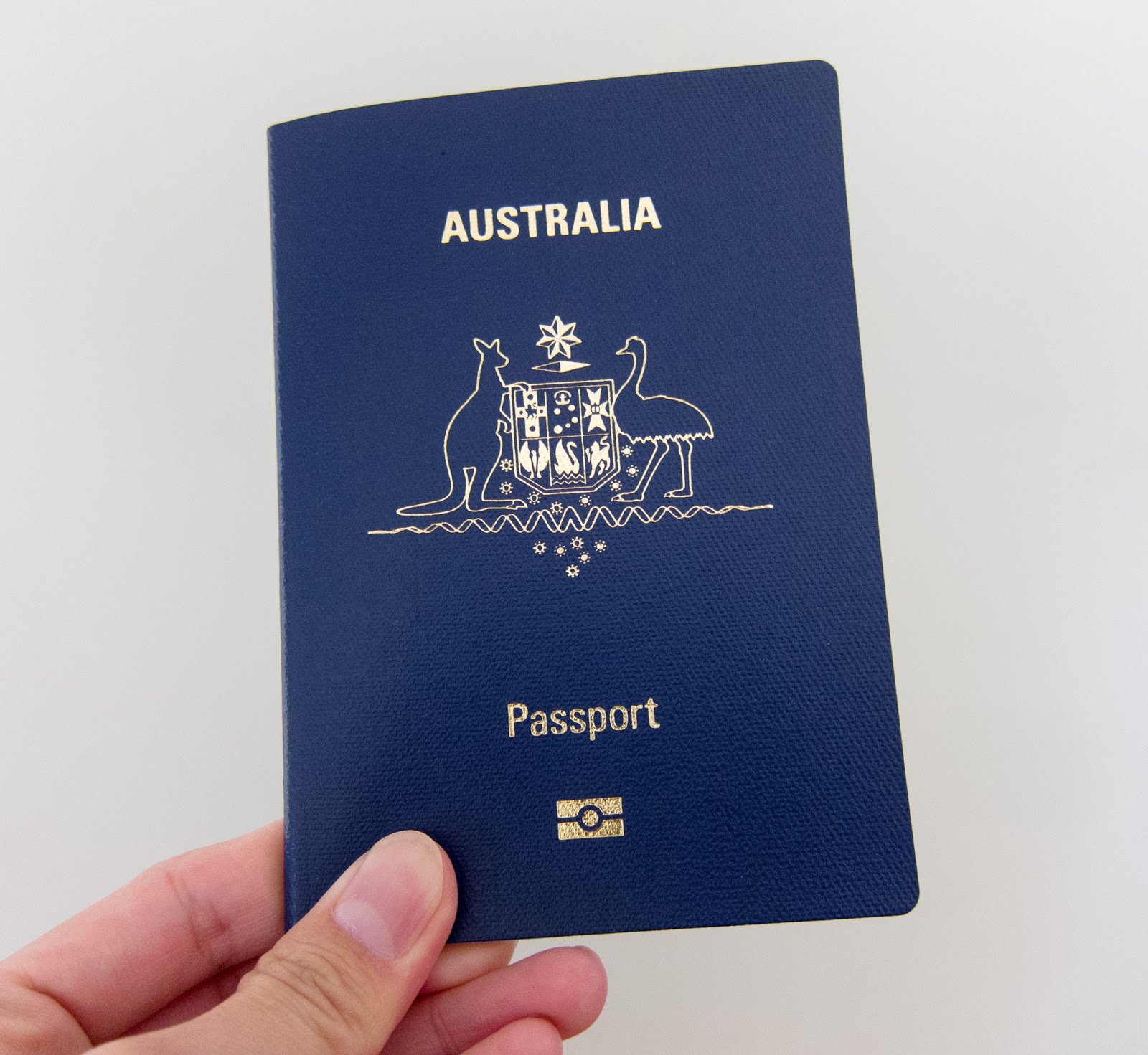
Getting a visa can sometimes feel like navigating a maze of paperwork and ever-changing regulations—especially when you’re heading to a country like Vietnam, where immigration policies are regularly updated. But …

Whether it’s the lantern-filled alleys of Hội An or the lush emerald cliffs of Hạ Long Bay, Vietnam has a way of capturing hearts. For Aussies craving culture, flavour, adventure—or …
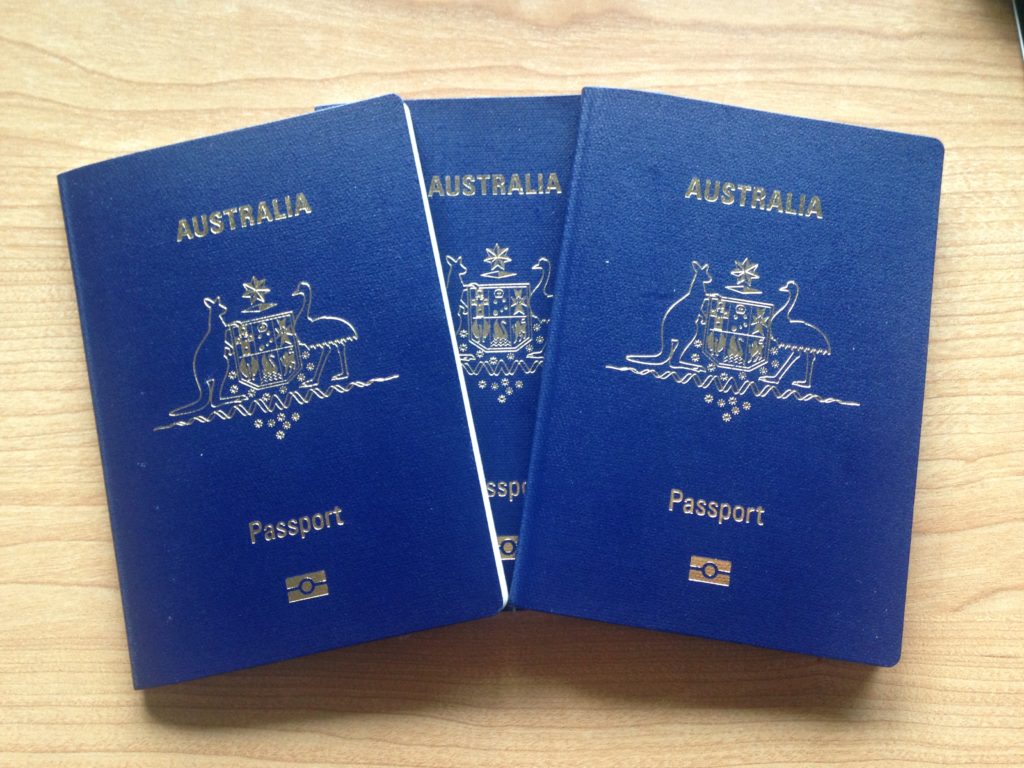
If you’re an Aussie planning to explore Vietnam’s vibrant cities, tranquil beaches, or ancient towns in , securing the right visa is your first step. From the limestone cliffs of …
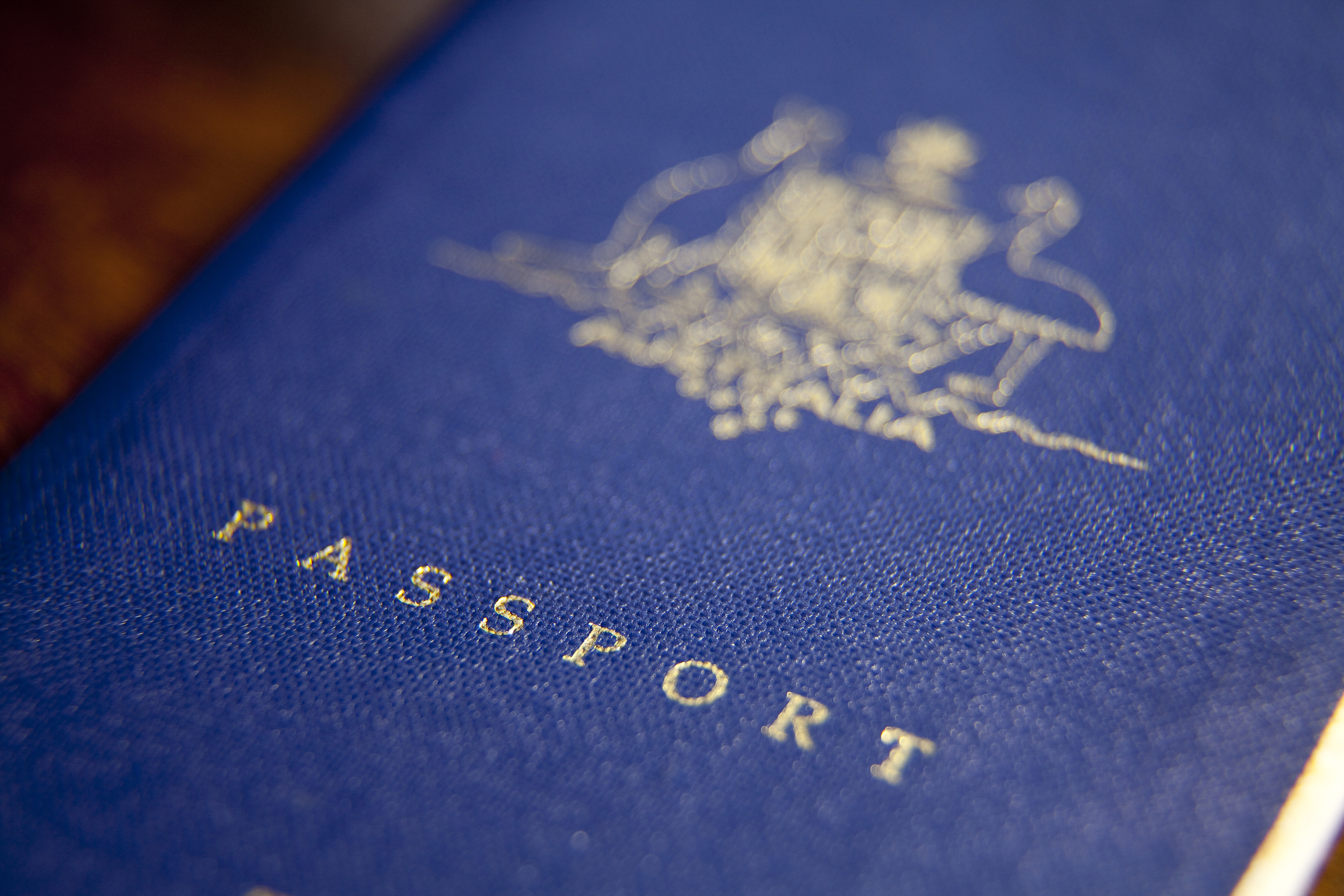
Looking forward to soaking up the sunshine on Vietnam’s stunning beaches, exploring ancient temples, or indulging in some of the best street food Asia has to offer? You’re not alone—Vietnam …

Have you heard stories of Australians getting their Vietnam visa denied just because they submitted the wrong form? Or maybe someone spent days trying to figure out the confusing visa …
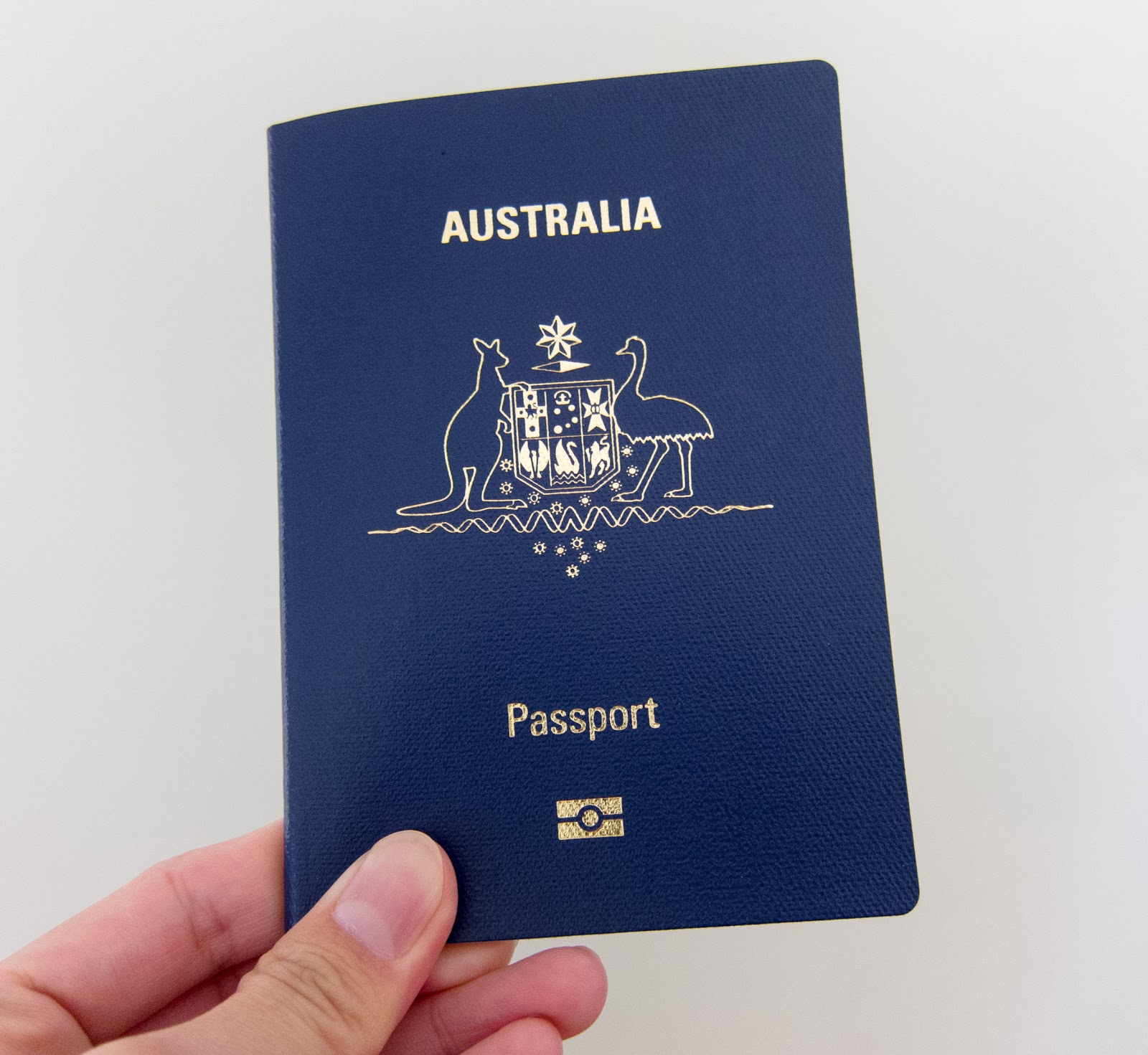
Thousands of Australians are denied their Vietnam eVisas every year – not because they aren’t eligible, but because of small mistakes in the application. A blurry passport scan, missing payment, …
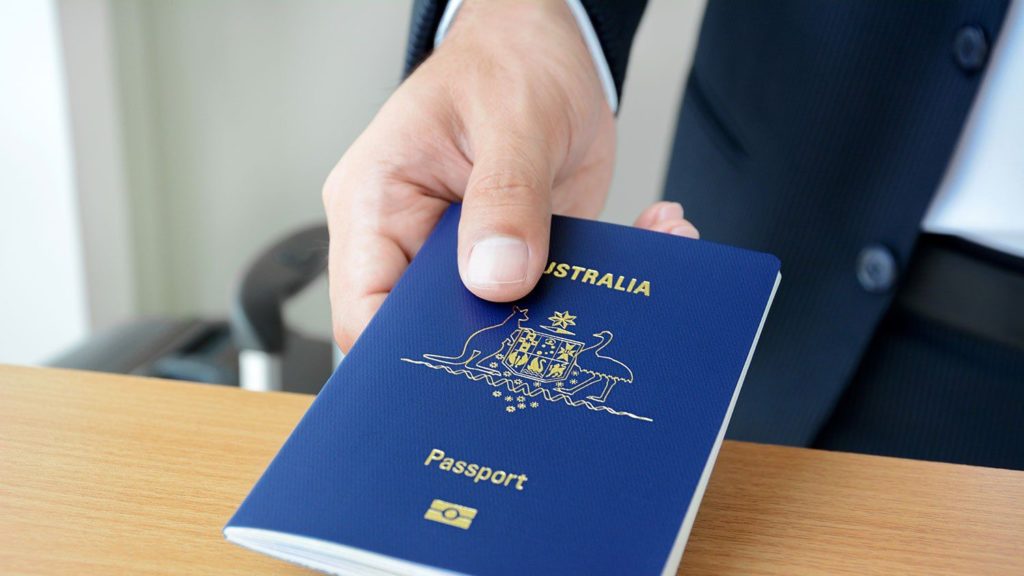
Planning your next getaway to Vietnam but feeling unsure how long the e-visa will actually take? You’re not alone. Many Aussie travellers have faced unexpected delays, confusion, or even missed …

